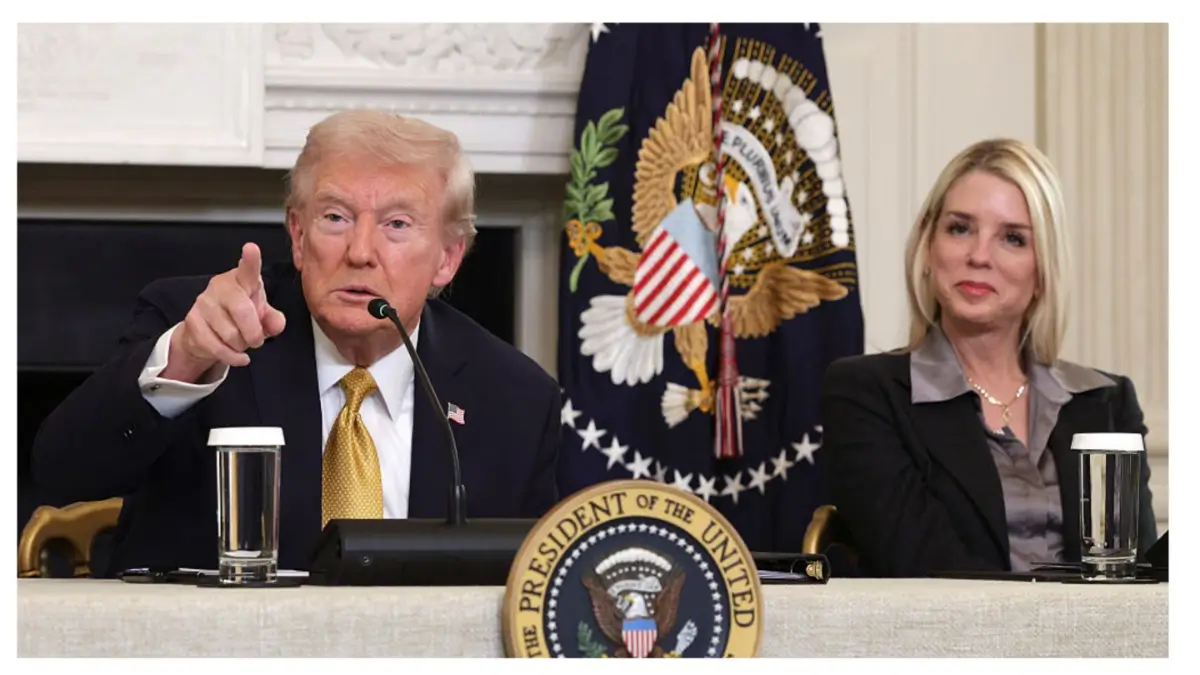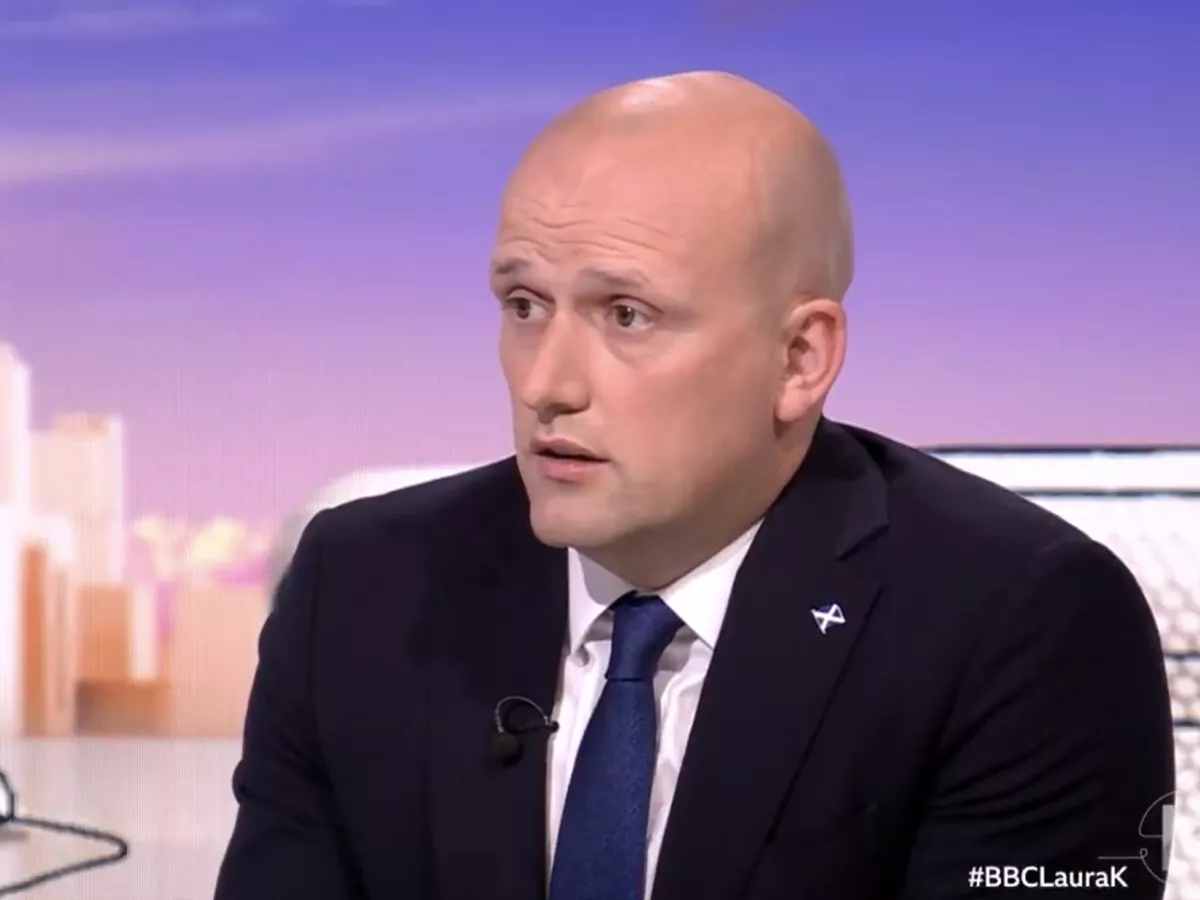Copyright ghananewss

Social media in Ghana has turned into a literal battlefield of truth and falsehood. Disinformation targeting public figures has surged to unprecedented levels. Data from the Media Foundation for West Africa revealed that 8.1% of all verified false claims were directed specifically at individuals – politicians, journalists, and other high-profile actors. This means “personality attacks” is now one of the most persistent digital threats of the year. Over 85% of these disinformation campaigns were launched and amplified on social media platforms, with X (formerly Twitter) serving as the epicentre of elite-targeted manipulation, while TikTok, Facebook, and WhatsApp were used to drive mass amplification. Deepfakes and AI-generated falsehoods have emerged as instruments of reputational sabotage. Anyone can then see why this created an environment where misinformation spreads faster than any correction can reach. For public figures and individuals whose credibility is both their professional capital and political equity, one urgent truth has become evident: a personal website is no longer a branding accessory but a reputational shield. It must serve as the foundational infrastructure of digital veracity, a central defence from which truth, context, and official rebuttals flow. The Strategic Role of the Personal Website As a public figure, you can no longer rely on reactive social media posts or any of these delayed press conferences to defend your integrity. Your personal website now functions as a digital fortress of authenticity. It’s what you’ll use to implement a structured, transparent, and permanent record of truth that safeguards against manipulation. 1. Establishing an Archive of Truth As a public figure, at the heart of your digital defence should be some kind of veracity archive, a dedicated section, typically built as a blog or newsroom, where every false claim is documented, analysed, and refuted with verified evidence. This creates a chronological record of fact, serving as both a legal and moral reference point. Truth is the absolute defence against defamation, and a transparent digital trail of verified corrections transforms the website into a living repository of accountability. When a manipulated video or fabricated quote surfaces, this veracity archive becomes the first, most authoritative place where your fans, audiences, journalists, and legal teams can at least verify your version of the truth. 2. Employing Explicit, Authoritative Labelling You must not hesitate to label malicious content as “fake,” “fabricated,” or “distorted.” Such direct labelling reframes the narrative and removes ambiguity, and positions your brand as a proactive defender of factual integrity rather than some kind of passive victim. This approach is particularly critical in Ghana, where disinformation campaigns are designed to exploit moral or political sensitivities. After years of helping to manage the online reputation of a number of public figures as part of our reputation management services, I have found that explicit labelling, backed by evidence, of course, neutralises falsehoods quickly and ensures that the rebuttal, not the rumour, dominates public discourse. 3. SEO Supremacy for Rebuttals You see, the success of disinformation lies in visibility. So must the success of the truth. Each rebuttal should be strategically optimised using Search Engine Optimisation (SEO) techniques that incorporate the very entity keywords used in the false claims. And where better can you address this than on your own platform dedicated to issues relating to your own entity? While publisher platforms are great for this purpose, they are not dedicated to your entity. The false claim may have been circulated on some of these large publisher sites in the first place. For example, if a defamatory rumour or manipulated image trends using a particular phrase, the official rebuttal page on your personal website must contain that phrase in its title, metadata, and content. This ensures that search engines prioritise the verified response, effectively pushing down defamatory material and reclaiming narrative control in the digital space. You can best conduct such detailed SEO freely only on your own website, where you control the editorial policy, and your content can be worded as you please. 4. Defining a Clear Information Hierarchy All communication channels, including social media, press statements, and interviews, must consistently point back to the personal website as the “single source of truth.” We advise our clients to use social media only as distribution nodes or calls to action (CTAs), in guiding audiences toward verified information hosted on the website. For critical organisations, this ensures that the most consequential, high-stakes content like official statements, rebuttals, and documentation resides within a secure, controlled environment where it cannot be deleted, misinterpreted, or even algorithmically suppressed. Think of all the government agencies and local assemblies that don’t have their own websites, and it’s no wonder that misinformation has become a thriving enterprise in Africa. How do you fight errors when you have not established yourself as a legal entity online? 5. Focusing on Substance Over Image This may not be obvious to many people, but social media encourages this performative engagement that emphasises personality and perception over factual depth. It’s your personal website that can restore the primacy of substance. You do this with your long-form explanations, data, and evidence-based communication. For public figures in politics, journalism, or civic leadership, you need this shift from self-presentation to verified documentation, which is essential for sustaining long-term credibility and resisting emotional manipulation campaigns. This is exactly how you handle harmful social media viral content. Legal Value and Strategy Now, on to why every public figure needs a website, it’s important to understand that a website’s importance extends far beyond communication. It is a strategic asset that strengthens both your legal standing and public credibility. This may not have been the case a few years back, but the fact that this is the digital era should be old news to you by now. 1. How to Thrive Online Overcoming the “Actual Malice” Barrier: In defamation cases, public figures must prove that false statements were made with actual malice, and this is often a pretty high threshold. A personal website provides documented, timestamped rebuttals that establish a clear record of truth and intent, making it easier to demonstrate reckless disregard by future defamers. The Desert of Veracity You see, there’s growing public scepticism toward media content, and the courts often struggle to establish harm caused by falsehoods. Your public website acts as a verifiable, transparent archive that you can use to consolidate credibility and show active efforts to clarify facts and repair the damage caused by the misinformation. Legal Separation of Roles: For politicians and government officials, maintaining a personal website separate from official or party platforms ensures clear jurisdictional boundaries. It is the best way to minimise constitutional liabilities. It also reinforces the distinction between your personal reputation management and your public office’s communication. 2. How to Address Digital Vulnerabilities Countering Velocity and Reach: In many countries like Nigeria, Ghana, and South Africa, the digital environment is very fast-moving. For instance, in Ghana, over 70% of citizens have internet access and social media content often ends up as mainstream news. Your personal website is what can enable rapid publication of official counter-statements before false claims solidify as public “truth.” Localised Trust Amplification: Public figures can use their websites as content hubs for local dissemination. Once official clarifications are published, they can be translated or adapted for local language radio stations, local blogs and local newspapers, and social media influencers. This ensures that the verified message penetrates beyond the typical elite audiences into everyday Ghanaian discourse. Digital Control: Can’t I do this with my Facebook or Twitter account? One of my asks. Yes, you can; many do. I’m sure you may have seen many thought leaders, social commentators and even activists use their social media platforms for most of these same purposes I am proposing in this article. Just that, unlike social media platforms, where algorithms, content moderation policies, or even hackers can distort visibility, your personal website ensures total control over content and permanence. And for an industry leader, control over the narrative means control over your reputation. This is a non-negotiable principle. You must take that control. Guide to Building Your Digital Infrastructure To transform these principles into operational reality, public figures require professional, secure, and high-performing websites built with strategic intent. So, where do you start, and how do you ensure that you get value for money when engaging a web design agency to build your site? I’ve outlined some key requirements below, modelled after the professional scope of work for corporate web design projects. First of all, corporate web design for public figures and organisations should provide you with a comprehensive digital asset built to centralise your communication, reinforce transparency, and strengthen your brand authority. Your site must include custom-built pages tailored to your brand, a blog section for your veracity archives, full SEO optimisation, secure hosting, SSL encryption, live chat, newsletter sign-ups, and social media channel integrations. Remember to tell your web designer that you want the following deliverables: ● A mobile-first, SEO-optimised platform engineered for high visibility and authority. ● Full control over your domain name registration, web hosting, and clear website maintenance agreements. Every account created for the purpose of the website must be in your name, and you must retain possession even as the project progresses. ● Integration with analytics and webmaster tools (Google Analytics 4 and Google Search Console) to track audience engagement and monitor content reach. ● Full security, firewall, and daily data backup systems to protect against malicious interference and unauthorised edits. These are the minimum package requirements for politicians, journalists, NGOs, government ministries, and civic organisations aiming to rebuild public trust through verified communication. As I bring this article to a close, remember that AI-generated manipulation and social media disinformation continue to erode public trust. Your personal website is now your strategic infrastructure – an embodiment of veracity, transparency, and permanence. These are the three elements that disinformation cannot replicate. My goal was to show you how you can transform your digital presence into a controlled hub of truth – to help you preempt misinformation, preserve your hard-earned credibility, and establish digital resilience in an era defined by deception. About The Author Rev. Dennis Gyamfi Bediako is the CEO of EnspireFX Websites, a business web design company based in Accra, Ghana. They build professional, custom websites and digital solutions that help MSMEs stand out and win customers online. Contact: 233550919202; Email: contact@enspirefx.com Source link



